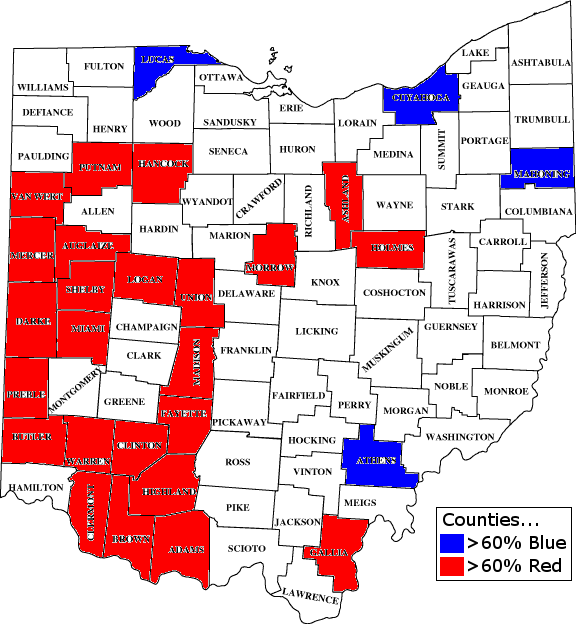The origins of cooking are lost in the mists of time. What little we know comes from interpretations of the clues left by our earlier ancestors. Cooking in any form could not have existed before mankind discovered how to control fire. Deliberate use of heat to alter raw foods must have followed shortly thereafter.
What cannot be disputed is that humans have been passing down recipes since the earliest cooks developed tested ways to produce tasty meals. Cooking methods and recipes would have been passed orally from generation to generation for tens of thousands of years before humans discovered writing.
Once writing was discovered, cookbooks would seem like a natural use of the new technology. The earliest known recipes come from Mesopotamia in 1700 BCE. This is where things remained until the 20th Century and the invention of television. The new medium allowed people to learn from others without actually being in their presence. This was a big step forward in the learning process. It has reached its culmination with the creation of the Food Network, which has been a boon to serious cooks.
Progress didn’t stop there. Today we have harnessed all of the communications mediums in service to the culinary arts – writing, audio and video. And now, writing, photography, and video have been merged on the Internet. What a great time to be a foodie.
The reason I have included the little history lesson is because today’s recipe comes to you via a merger of television and Internet. I had purchased some chicken thighs and breasts with bone-in and skins and decided I wanted to make Chicken Cacciatore. Since I hadn’t made Cacciatore in a long time and didn’t have a written recipe, I decided to look for one on www.foodnetwork.com. I came across this recipe by Giada de Laurentis and decided to try it. There is no doubt, this is a definite keeper.

I made very few adjustments to the following recipe. I didn’t have fresh basil, so I used dry. There are some family members that aren’t fond of tomatoes, so I only used about 1 cup of diced tomatoes and then added some tomato sauce instead. I thought about adding a tablespoon or so of tomato paste, but decided not to this time. After eating it, I don’t think it is necessary. The sauce was excellent. I served it with mostaccioli and green beans. Nice additions would be garlic bread, salad, cheese, and olives. I also covered everything with shredded parmesan cheese.
This is a very easy dish to make. There is a video you can watch if you have any doubts about your level of ability.
Ingredients
- 4 chicken thighs
- 2 chicken breasts with skin and backbone, halved crosswise
- 2 teaspoons salt, plus more to taste
- 1 teaspoon freshly ground black pepper, plus more to taste
- 1/2 cup all purpose flour, for dredging
- 3 tablespoons olive oil
- 1 large red bell pepper, chopped
- 1 onion, chopped
- 3 garlic cloves, finely chopped
- 3/4 cup dry white wine
- 1 ( 28-ounce) can diced tomatoes with juice
- 3/4 cup reduced-sodium chicken broth
- 3 tablespoons drained capers
- 1 1/2 teaspoons dried oregano leaves
- 1/4 cup coarsely chopped fresh basil leaves (or 1 ½ teaspoons dried)
Directions
Sprinkle the chicken pieces with 1 teaspoon of each salt and pepper. Dredge the chicken pieces in the flour to coat lightly.
In a large heavy saute pan, heat the oil over a medium-high flame. Add the chicken pieces to the pan and saute just until brown, about 5 minutes per side. If all the chicken does not fit in the pan, saute it in 2 batches. Transfer the chicken to a plate and set aside. Add the bell pepper, onion and garlic to the same pan and saute over medium heat until the onion is tender, about 5 minutes. Season with salt and pepper. Add the wine and simmer until reduced by half, about 3 minutes. Add the tomatoes with their juice, broth, capers and oregano. Return the chicken pieces to the pan and turn them to coat in the sauce. Bring the sauce to a simmer. Continue simmering over medium-low heat until the chicken is just cooked through, about 30 minutes for the breast pieces, and 20 minutes for the thighs.
Using tongs, transfer the chicken to a platter. If necessary, boil the sauce until it thickens slightly, about 3 minutes. Spoon off any excess fat from atop the sauce. Spoon the sauce over the chicken, then sprinkle with the basil and serve.




 After their resounding defeat in the 2008 general election there was a fairly common consensus that the Republican Party would, of necessity, remake themselves. A new party would emerge disassociated from the opprobium of the Bush administration and its policies with a recalibrated ideological compass; with upgraded doctrine and technology for the upcoming political battles of the new millenium.
After their resounding defeat in the 2008 general election there was a fairly common consensus that the Republican Party would, of necessity, remake themselves. A new party would emerge disassociated from the opprobium of the Bush administration and its policies with a recalibrated ideological compass; with upgraded doctrine and technology for the upcoming political battles of the new millenium. 


